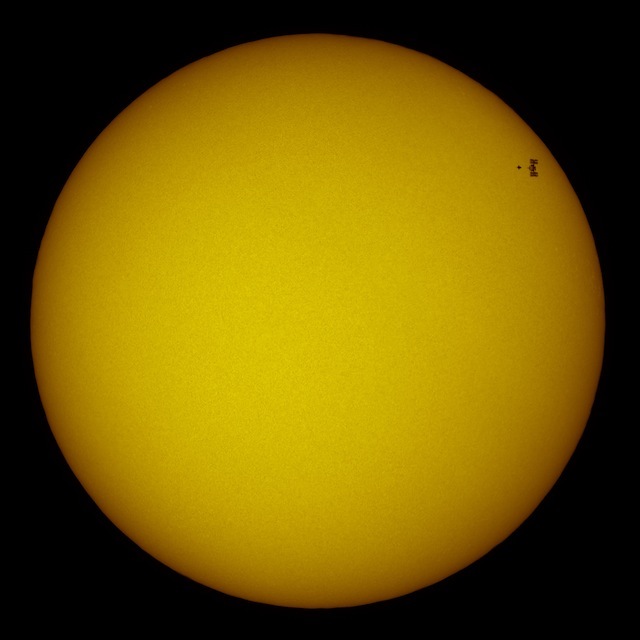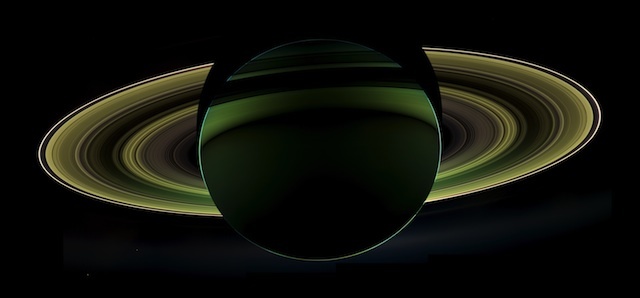It's almost impossible to put together a bad exhibition on astronomy. Images of distant galaxies and dust clouds are uniquely beautiful and profound. Visions of the Universe, the National Maritime Museum's first big astronomy exhibition, assembles such a stellar bounty that it should come with a warning: visitors might experience tears of wonder. We hope you will forgive us if the following review gushes like the volcanoes of Io.
The exhibition opens with a delightful series of images showing increasingly detailed representations of the Great Orion Nebula, as first sketched by William Herchel in the 19th Century, followed by the powerful telescopes of today. Nearby, you'll find the first known astronomical photo (the original 'moon shot', from 1840) and pics of the sun's complex surface.
The first of several wow moments comes around the corner. The 'Mars Window' is a 13 metre long, concave screen showing panoramic landscapes from rovers on the surface of Mars. Like so much in the exhibition, these images have more than one layer of beauty. The rolling hills and valleys of the Red Planet make for a vista as jaw-dropping as anything in this gallery's recent Ansel Adams exhibition. And yet there's something even deeper here.
Shots like these make you think: if human beings can piece together wheels, cogs, lenses and code, hurl the creation across 350 million miles of empty space, safely drop it on the surface of another planet, drive it across the sand dunes and bedrock, transmit pictures all the way back across space, then artfully mount them in museums for all to see...isn't that the most beautiful thing?
It is never said explicitly, but we sense that the exhibition is designed not only to show off the extra-terrestrial eye-candy, but also to celebrate the ingenuity of the human mind. Yes, the Horsehead Nebula looks stunning, but the fact that we can build tools that allow us to see it, and therefore understand it...well that's also stunning. As Astronomer Royal Martin Rees points out, the human brain is the most complex structure yet known in the universe; the only fragment of the cosmos able to contemplate itself.
The rest of the exhibition contains similarly profound imagery. To be among the first generation able to take photographs of planets round other stars; to live in an age when orbiting telescopes like Hubble can glimpse the earliest days of the Universe; these are really big privileges when you think about it. The exhibition should ignite a sense of wonder in even the least romantic of minds. We challenge you to look at the photograph showing the space station and shuttle transiting across the face of the sun, think about the reality of that image, and not say 'wow'.
The show ends with recent photographs — including a snap of London at night — from Chris "Space Oddity" Hadfield on the International Space Station. To update a famous Londoner: "We are all living in the gutter, but some of us are now visiting the stars."
Visions of the Universe runs at the National Maritime Museum in Greenwich from 7 June till 15 September 2013. Admission £8/£7. A series of events for families and adults supports the exhibition.









